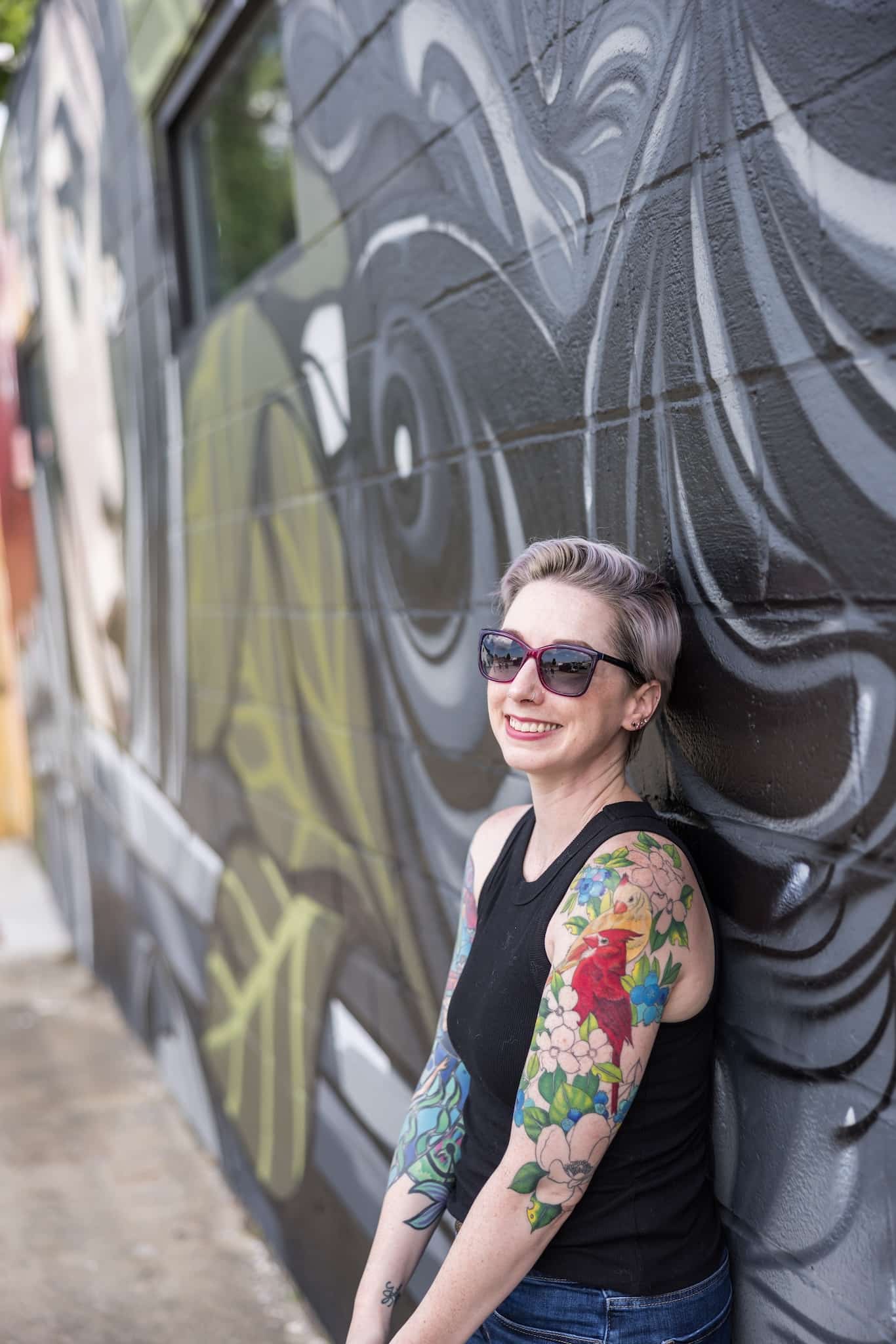
Introduction: What is an indie film?
An indie film, or independent film, is a movie produced outside of major studio systems, often on a smaller budget with creative control in the hands of the filmmakers. Unlike blockbuster films, indie movies focus on artistic expression and unique storytelling rather than commercial success.
Indie cinema has launched legendary filmmakers, from Quentin Tarantino to Greta Gerwig. But how do we define indie films today? Let’s explore their characteristics, history, and impact on the industry.
In this Article:
- The Rise of the Indie Film
- Defining Characteristics of Indie Films
- The Indie Filmmaking Approach
- The Next Wave of Indie Ingenuity
- Authenticity and Intimate Storytelling in Indie Films
- Indie Film Inspirations: Contemporary Examples to Watch
- The Future of Indie Film
- A New Generation of Filmmakers
- Conclusion
The Rise of the Indie Film
Independent filmmaking has existed for nearly as long as cinema itself, but the indie film movement truly began to take shape in the mid-20th century. Early pioneers like John Cassavetes championed personal, low-budget storytelling, paving the way for future independent filmmakers.
The 1990s marked a turning point for indie cinema. Filmmakers like Quentin Tarantino (Reservoir Dogs), Kevin Smith (Clerks), and Robert Rodriguez (El Mariachi) proved that compelling stories could be told on shoestring budgets — and still find mainstream success. The rise of festivals like Sundance and new distribution models gave indie films a larger audience, while advances in digital filmmaking made high-quality production more accessible.
Today, independent films have a much wider reach, with some breaking into mainstream success. However, even as indie filmmaking evolves, it remains defined by creative freedom, artistic risk-taking, and resourceful storytelling outside of the traditional studio system.
Curious what a director really does? Check out our full breakdown in this blog!
Defining Characteristics of Indie Films
Indie films are defined by more than just budget constraints — they embrace creative freedom, unconventional storytelling, and resourceful filmmaking. While major studios focus on large-scale productions with mass-market appeal, indie films often take a different approach.
- Lower Budgets & Smaller Crews – Most indie films operate on limited budgets, relying on smaller crews, minimal locations, and creative problem-solving to bring their vision to life.
- Creative Freedom – Without the constraints of major studio oversight, indie filmmakers have the freedom to explore unique stories, take artistic risks, and experiment with unconventional filmmaking techniques.
- Personal & Niche Storytelling – Indie films often focus on personal, character-driven narratives, niche topics, or underrepresented perspectives that might not be considered commercially viable by major studios.
- Independent Funding & Production – Instead of relying on major studios, indie films secure funding through independent investors, grants, crowdfunding, or self-financing.
- Limited or Alternative Distribution – Many indie films find their audiences through film festivals, streaming platforms, or limited theatrical releases rather than wide-scale distribution.
While some indie films gain mainstream recognition, their defining characteristic remains their independent spirit — prioritizing creative expression over commercial constraints.
Learn more about indie films courtesy of Arc Studio here.
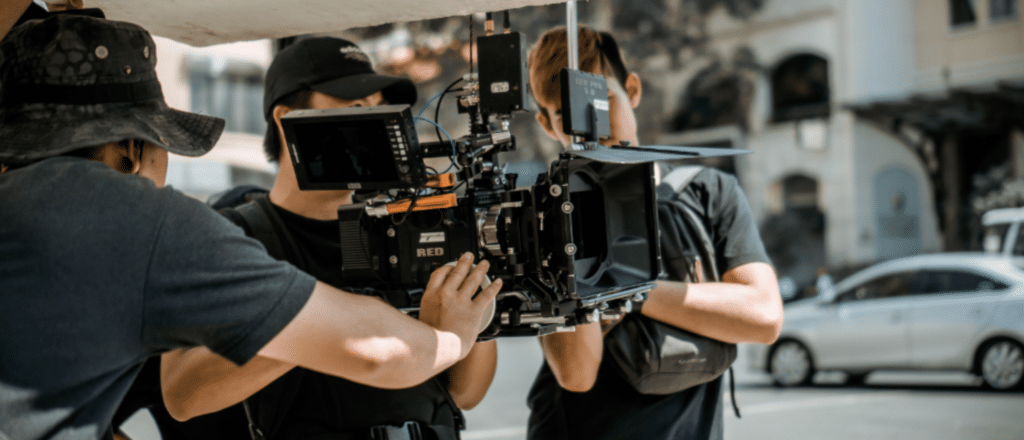
The Indie Filmmaking Approach
With limited resources, indie filmmakers rely on ingenuity and creativity to bring their stories to life. Constraints often lead to innovation, shaping the distinct look and feel of indie films.
Making the Most of Small Budgets
Indie films are often made on shoestring budgets, requiring filmmakers to stretch every dollar. Instead of elaborate sets and costly special effects, indie creators maximize what’s available — repurposing real-world locations, borrowing equipment, and enlisting friends and family as cast and crew. The need to be resourceful often leads to unique and unexpected artistic choices that give indie films their charm and authenticity.
Learn how to create a budget for a production of any size with our comprehensive film budget guide!
Shooting on Consumer Cameras & Practical Lighting
Unlike big-budget productions that rely on expensive camera rigs and artificial lighting setups, indie filmmakers frequently use affordable consumer cameras, DSLRs, or even smartphones. This approach allows for greater flexibility and keeps costs low.
Natural light, street lamps, and household fixtures often replace professional lighting equipment, adding to the raw, unfiltered aesthetic that defines many indie films.
You might also like: How indie culture manifests itself in filmmaking || KCPR
Practical Locations Over Built Sets
Rather than constructing elaborate sets, indie filmmakers often shoot in real-world locations, such as apartments, coffee shops, and city streets. These settings not only save money but also contribute to a film’s authenticity, grounding the story in environments that feel lived-in and relatable. However, filming in public spaces comes with its own set of challenges, from securing permits to dealing with unexpected interruptions.
Inventive Cinematography & Editing
Indie filmmakers compensate for a lack of large-scale production resources by embracing creative cinematography and editing techniques. Handheld cameras, unconventional framing, and long, unbroken takes are often used to heighten intimacy and immersion. Editing choices — like jump cuts, split screens, and mixed media — can also help shape a film’s unique visual language, turning budgetary limitations into artistic strengths.
By embracing these techniques, indie films often feel more personal, immediate, and artistically daring than their big-budget counterparts. The DIY ethos of indie filmmaking not only fosters innovation but also proves that compelling storytelling doesn’t require millions of dollars — just a strong vision and the determination to see it through.

The Next Wave of Indie Ingenuity
Indie filmmaking has always thrived on resourcefulness, and with the rise of new technology, the possibilities are more exciting than ever. The barriers to entry are lower than they’ve ever been, making it possible for anyone with a story to tell to bring their vision to life.
Smartphones & Pocket-Sized Filmmaking
Once considered a gimmick, smartphone filmmaking is now a legitimate tool for indie creators. Movies like Tangerine (shot entirely on an iPhone 5S) and 28 Years Later (which used an iPhone 14 Pro for select sequences) prove that high-quality storytelling doesn’t require expensive cameras. Apps like Filmic Pro give filmmakers manual control over focus, exposure, and frame rate, turning a simple phone into a professional-grade camera.
Affordable Gear for DIY Filmmakers
Beyond smartphones, budget-friendly gear has revolutionized indie production. Compact, high-quality cameras like the Blackmagic Pocket Cinema Camera and Sony FX3 provide cinematic visuals at a fraction of Hollywood’s price tag.
Gimbals, drones, and affordable LED lighting kits allow indie filmmakers to achieve professional-looking shots without a massive crew or budget.
AI & Digital Tools in Indie Filmmaking
AI-driven tools are making waves in indie filmmaking, offering new ways to streamline the creative process. AI-assisted editing software like Runway ML and Descript can speed up post-production, while text-to-image generators help indie filmmakers storyboard and visualize scenes before shooting. Even voice AI tools can assist in creating temporary dialogue tracks before actors step in.
Crowdfunding & Community Support
Platforms like Kickstarter, Indiegogo, and Seed&Spark have empowered indie filmmakers to fund their projects directly through their audience. With social media, creators can build hype around their films, find collaborators, and connect with a global network of indie enthusiasts.
For more on getting your indie film funded: How to Get Film Funding | 7 Proven Methods
The Future is in Your Hands
With all these tools available, there’s never been a better time to pick up a camera — or a smartphone — and start making films. Whether you’re experimenting with new tech, collaborating online, or finding innovative ways to tell your story, the next wave of indie filmmaking is being shaped by those willing to take creative risks. The best way to be part of it? Get out there and start shooting.
Ready to start your indie project? Whether you’re shooting with your phone or a professional camera, Celtx is here to help you bring your story to life. Download Celtx free screenwriting software today and start crafting your script with ease. With tools designed for creators at every level, Celtx gives you the power to format, plan, and collaborate — no matter your budget. Get started with Celtx for free!
Authenticity and Intimate Storytelling in Indie Films
One of the core elements that sets indie films apart is their commitment to authenticity. These films often dive deep into personal, raw stories, focusing on characters, emotions, and relationships in a way that larger productions can’t always capture. Indie filmmakers aren’t bound by studio expectations or box office pressures, which allows for more nuanced and genuine storytelling.
Take Lady Bird (2017), for instance — its portrayal of a mother-daughter relationship is deeply personal yet universally relatable. Similarly, The Florida Project (2017) captures a raw, intimate look at childhood in poverty, all through the lens of a young girl. These films don’t rely on extravagant settings or high budgets; instead, they focus on the emotional core of the story, creating a lasting connection with the audience.
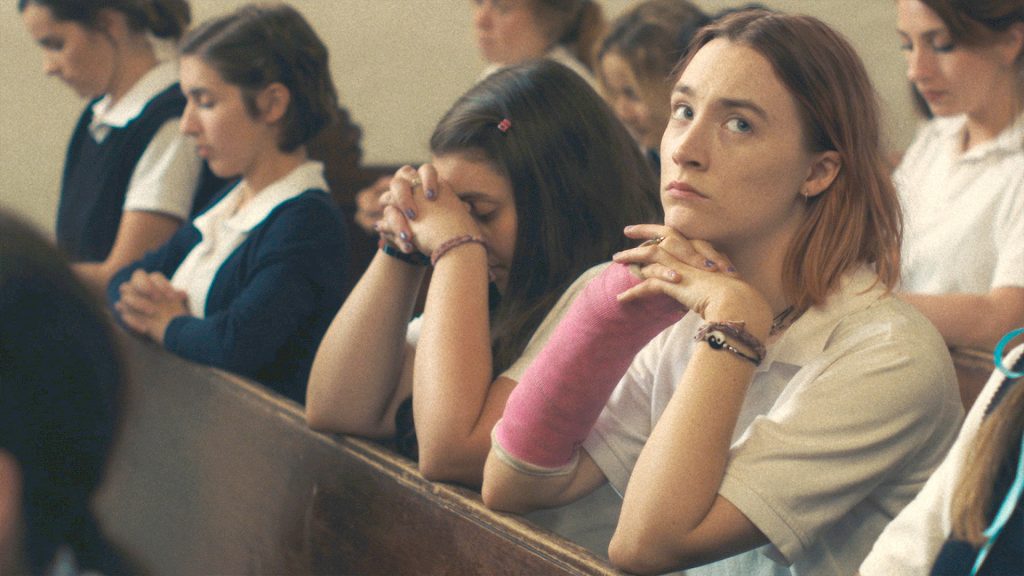
The beauty of indie films lies in their ability to explore real, unfiltered experiences. From quiet, intimate moments to hard-hitting, socially conscious narratives, indie films often reflect the true complexity of life. This is what sets them apart from mainstream cinema, which often leans toward formulas designed to maximize commercial success.
For filmmakers, this emphasis on authenticity offers a unique opportunity. Instead of following trends or commercial formulas, you can create a story that’s truly your own — something personal and relatable that resonates with others. Whether it’s a coming-of-age tale like Moonlight (2016), a love story like Before Sunrise (1995), or a documentary-style drama like The Act of Killing (2012), indie films have the freedom to embrace rawness, imperfection, and vulnerability.
This Celtx blog post is a complete walk-through of how to write your own documentary film.
Indie Film Inspirations: Contemporary Examples to Watch
If you’re looking to dive deeper into the world of indie filmmaking, these contemporary examples are a great place to start. Each of these films offers a unique perspective on storytelling, style, and creativity, providing invaluable insights for anyone looking to break into the indie scene.
- Parasite (2019) – Directed by Bong Joon-ho, this Oscar-winning film blends dark humor with sharp social commentary. It’s a perfect example of how indie films can explore complex themes without sacrificing accessibility. Its success shows how even films with niche focuses can break through to global audiences.
- The Farewell (2019) – Written and directed by Lulu Wang, this semi-autobiographical story about a family grappling with cultural differences and the impending loss of a loved one exemplifies how intimate, personal stories can resonate with wide audiences. Its unique blend of humor and heartfelt moments makes it a standout indie film of the decade.
- Whiplash (2014) – Damien Chazelle’s fast-paced and intense drama about an ambitious drummer and his obsessive teacher demonstrates how a small budget and a singular vision can lead to critical success. The film’s explosive energy and personal stakes will inspire any aspiring filmmaker.
- Get Out (2017) – Jordan Peele’s directorial debut combines social commentary with the psychological thriller genre, proving that indie films can use genre conventions to make bold statements on race and identity. It’s a masterclass in tension-building and subverting audience expectations.
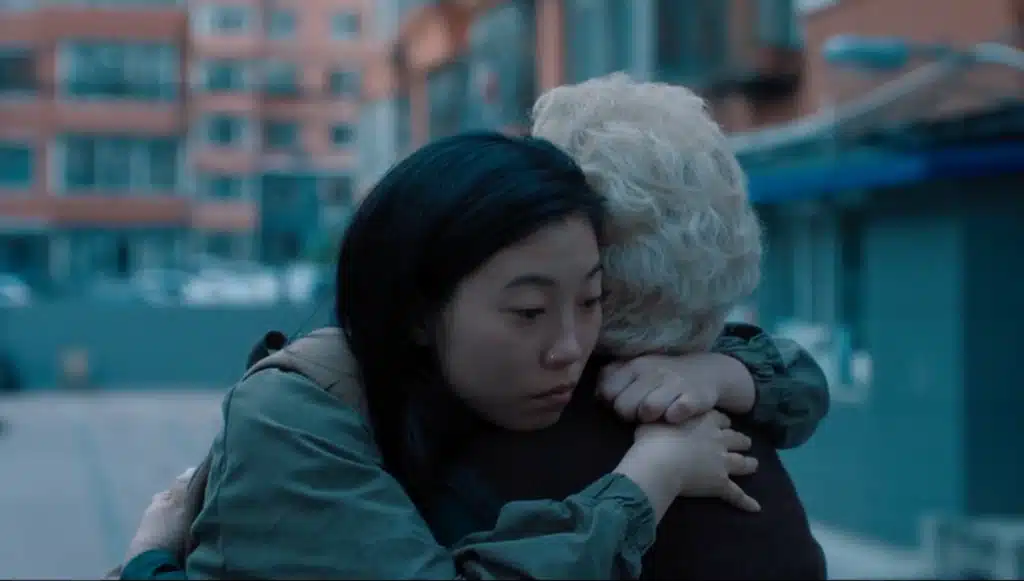
Want to add more indie films to your watch list? Here’s a list of best indie movies from Esquire.
What unites these diverse films is a shared spirit of independence, risk-taking, and a passion for the craft. Indie directors have the freedom to create the stories they believe in, often breaking free from studio formulas. They prioritize intimate, human stories over mass appeal, offering audiences a chance to discover the next wave of visionary filmmakers. It’s this fearless willingness to defy conventions and take risks that keeps indie cinema fresh, innovative, and vital, year after year.
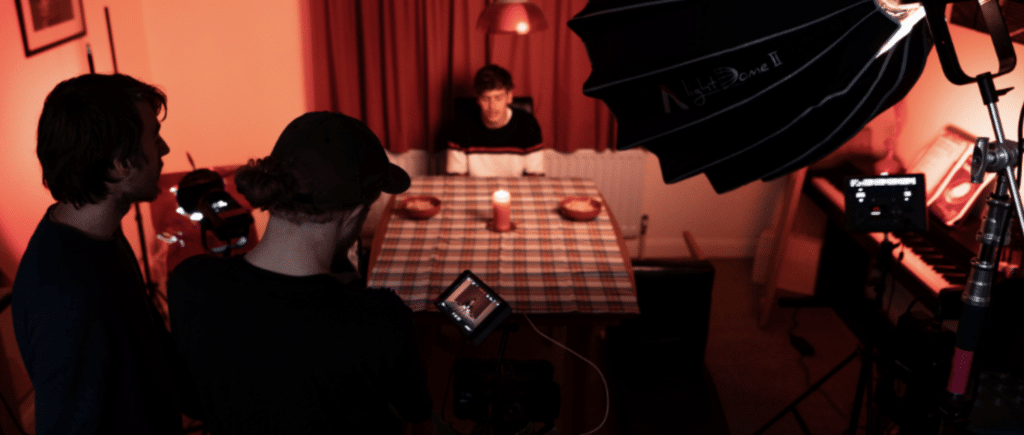
The Future of Indie Film
Indie films have carved out a substantial niche in cinema by embracing independent visions and taking creative risks. As technology and distribution continue evolving in exciting ways, what does the future hold for indie filmmaking? Here are some predictions:
More Diverse Storytelling
With platforms like Sundance championing underrepresented voices, indie films are becoming more inclusive and reflective of diverse cultures, perspectives, and experiences. This shift is allowing new storytellers to find their footing and audiences to connect with fresh, previously unheard narratives.
Leveraging Mobile Technology
Filmmakers are increasingly turning to mobile technology to create powerful stories on a budget. Smartphones, like the iPhone, have democratized filmmaking, making it easier for anyone with a story to tell to get started, with the same high-quality production available to larger studios.
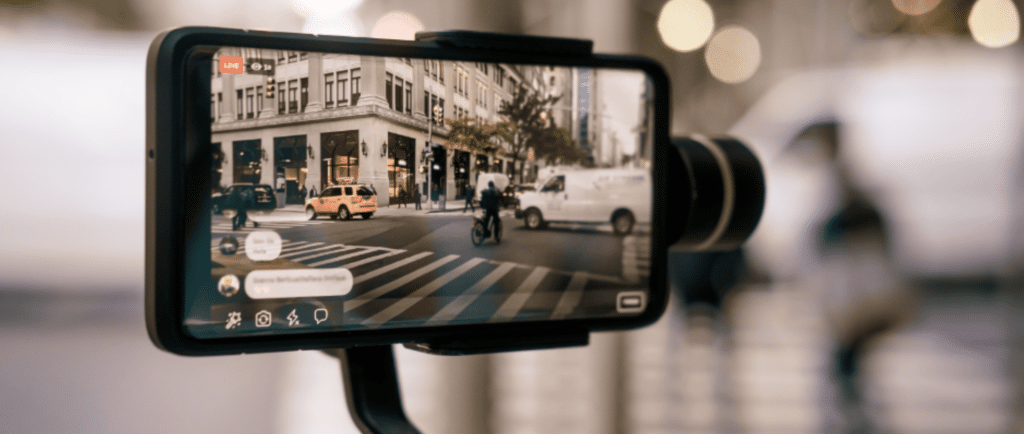
Self-Distribution Options
Thanks to streaming platforms and digital distribution tools, indie filmmakers no longer need to rely on traditional film distributors. Self-distribution is empowering creators to share their work directly with global audiences, cutting out the middleman and increasing visibility for their projects. You can upload directly to YouTube, or even build your own website and embed your content to create your very own filmmaking hub. The possibilities are endless.
Want to learn more? Try this helpful article: How to Distribute an Independent Film Online | FilmDaily.tv
Bolder Experimentation
Indie films have always pushed boundaries, and the future promises even more bold experimentation with genre, structure, and storytelling techniques. From nonlinear narratives to blending film with interactive media, indie filmmakers are always looking for new ways to challenge conventions and explore the unknown.
Films like “Everything Everywhere All At Once” show the creative freedom indie filmmakers have to take risks and blend genres. More experimentation with surrealism, nonlinear narratives, and avant-garde aesthetics will emerge.
Immersive Experiences
The growing intersection of technology and filmmaking is bringing new forms of immersive storytelling. From virtual reality to interactive films, indie filmmakers are embracing these tools to give audiences an even more engaging and dynamic viewing experience.
Ready to bring your indie film vision to life? Try Celtx’s free screenwriting software today.
A New Generation of Filmmakers
Passionate young filmmakers who grow up with cameras in their pockets and phone apps that encourage learning video editing will ride the wave of technology to create a fresh aesthetic. Gen Z voices will expand the scope and style of indie cinema.
This new generation of filmmakers isn’t bound by traditional methods or constraints. Instead, they are embracing new technologies and exploring stories that speak to underrepresented communities and niche audiences. Their work reflects a commitment to breaking boundaries, both in content and production methods.
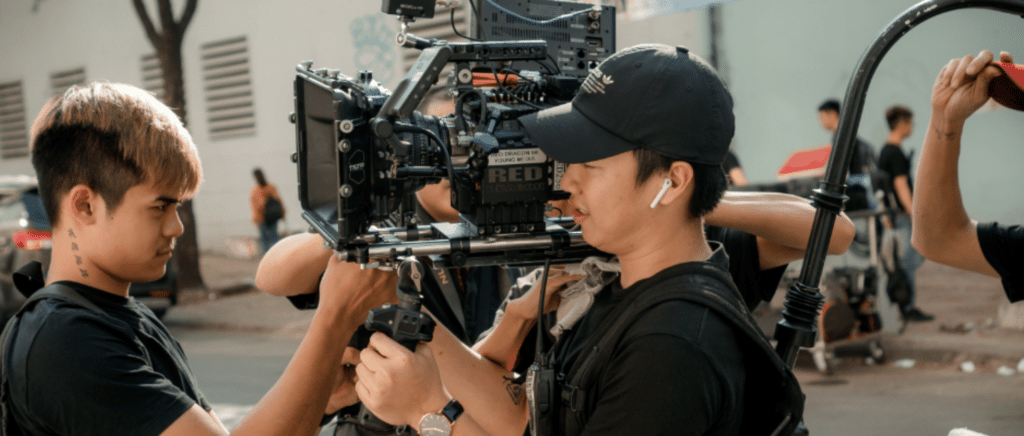
Conclusion
At its core, indie filmmaking has always been driven by passion. It’s about directors who dare to tell stories outside the mainstream, creating authentic, raw, and intimate narratives. Financial limitations don’t stifle this spirit — they fuel it, pushing filmmakers to innovate with what they have. Indie films are not about budgets or box office returns; they’re about fresh perspectives and the candid, human moments that blockbuster cinema often misses.
As studios focus on formulas, reboots, and remakes, indie filmmakers continue to push boundaries, challenging assumptions and giving us more than just escapism. They craft stories that invite us into real emotions, swapping CGI spectacle for raw artistry.
The future of indie film looks bright, and it’s in the hands of a new generation — those who grew up editing on their phones, and now have the tools and freedom to create like never before. The indie ethos will always thrive as long as there are stories to tell.
So, get out there, shoot, and let your vision shape the future of cinema. The world is waiting for your vision, and indie film is more than ready to evolve with you.
There’s more to learn! Try these Celtx articles next:
- How to Write a Logline [Video and Examples Included]
- Generating Short Film Ideas: 14 Ways to Get the Juices Flowing
- The Screenwriting Portfolio: What You Need & How to Stand Out
